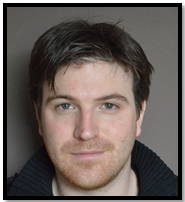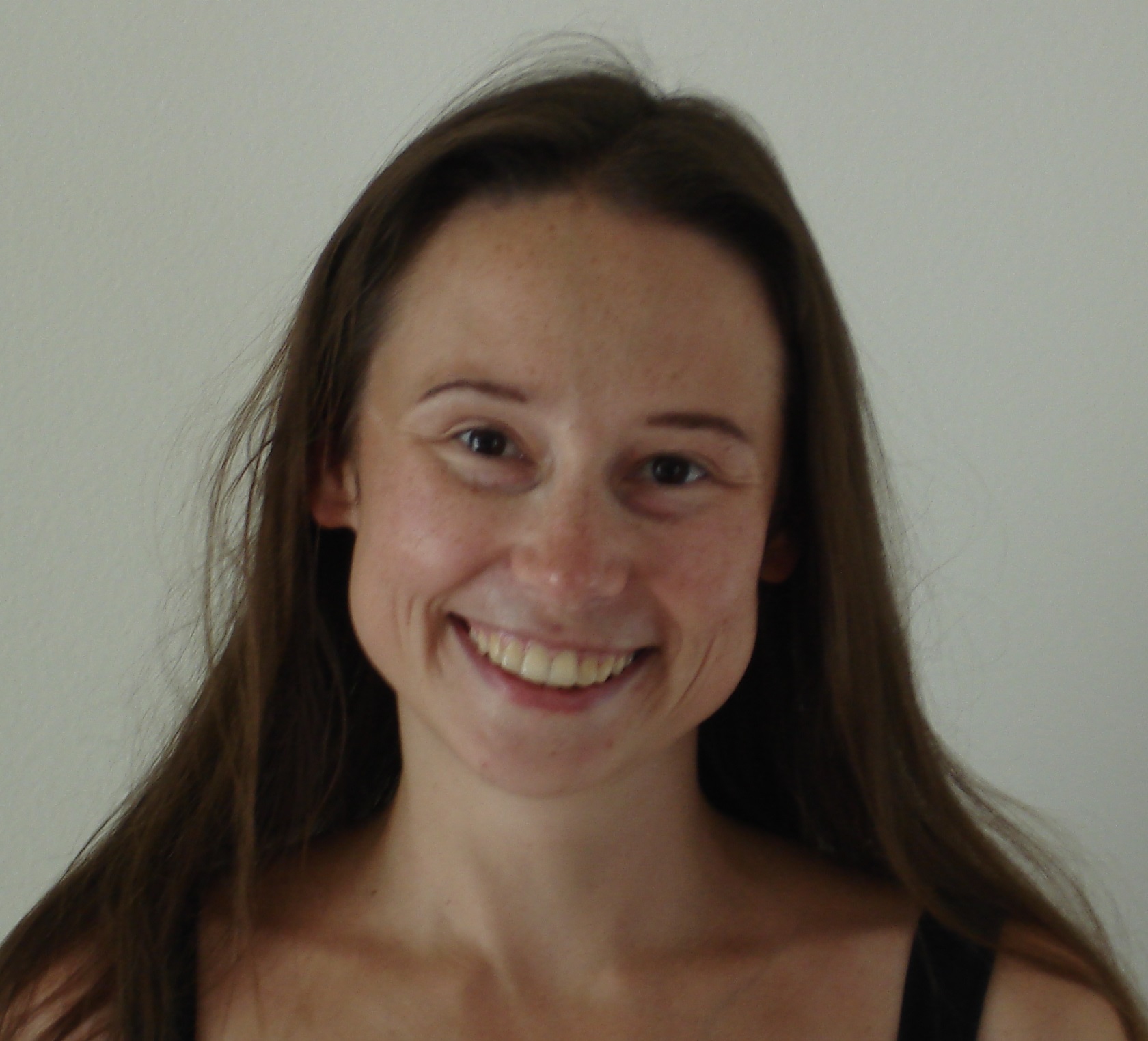https:://www.jci.org/articles/view/76739
Gene therapy enhances chemotherapy tolerance and efficacy in glioblastoma patients
Jennifer E. Adair1,2, Sandra K. Johnston3, Maciej M. Mrugala4,5, Brian C. Beard1,2, Laura A. Guyman6,7, Anne L. Baldock6,7, Carly A. Bridge6,7, Andrea Hawkins-Daarud6,7, Jennifer L. Gori1, Donald E. Born8, Luis F. Gonzalez-Cuyar9, Daniel L. Silbergeld3,9, Russell C. Rockne6,7, Barry E. Storer1,10, Jason K. Rockhill3,11, Kristin R. Swanson6,7,12 and Hans-Peter Kiem1,2,9
1Clinical Research Division, Fred Hutchinson Cancer Research Center, Seattle, Washington, USA. 2Department of Medicine, 3Department of Radiology, 4Department of Neurosurgery, and 5Department of Neurology, University of Washington (UW), Seattle, Washington, USA. 6Department of Neurological Surgery and 7Northwestern Brain Tumor Institute, Northwestern University Feinberg School of Medicine, Chicago, Illinois, USA. 8Department of Pathology, Stanford University, Stanford, California, USA. 9Department of Pathology, 10Department of Biostatistics, and 11Department of Radiation Oncology, UW, Seattle, Washington, USA. 12Robert H. Lurie Comprehensive Cancer Center, Northwestern University Feinberg School of Medicine, Chicago, Illinois, USA.
Address correspondence to: Hans-Peter Kiem, Fred Hutchinson Cancer Research Center, Mail Stop D1-100, P.O. Box 19024, Seattle, Washington 98109-1024, USA. Phone: 206.667.4425; E-mail: hkiem@fhcrc.org.
Published August 8, 2014 Received for publication April 29, 2014, and accepted in revised form July 1, 2014.
BACKGROUND. Temozolomide (TMZ) is one of the most potent chemotherapy agents for the treatment of glioblastoma. Unfortunately, almost half of glioblastoma tumors are TMZ resistant due to overexpression of methylguanine methyltransferase (MGMThi). Coadministration of O6-benzylguanine (O6BG) can restore TMZ sensitivity, but causes off-target myelosuppression. Here, we conducted a prospective clinical trial to test whether gene therapy to confer O6BG resistance in hematopoietic stem cells (HSCs) improves chemotherapy tolerance and outcome.
METHODS. We enrolled 7 newly diagnosed glioblastoma patients with MGMThi tumors. Patients received autologous gene-modified HSCs following single-agent carmustine administration. After hematopoietic recovery, patients underwent O6BG/TMZ chemotherapy in 28-day cycles. Serial blood samples and tumor images were collected throughout the study. Chemotherapy tolerance was determined by the observed myelosuppression and recovery following each cycle. Patient-specific biomathematical modeling of tumor growth was performed. Progression-free survival (PFS) and overall survival (OS) were also evaluated.
RESULTS. Gene therapy permitted a significant increase in the mean number of tolerated O6BG/TMZ cycles (4.4 cycles per patient, P < 0.05) compared with historical controls without gene therapy (n = 7 patients, 1.7 cycles per patient). One patient tolerated an unprecedented 9 cycles and demonstrated long-term PFS without additional therapy. Overall, we observed a median PFS of 9 (range 3.5–57+) months and OS of 20 (range 13–57+) months. Furthermore, biomathematical modeling revealed markedly delayed tumor growth at lower cumulative TMZ doses in study patients compared with patients that received standard TMZ regimens without O6BG.
CONCLUSION. These data support further development of chemoprotective gene therapy in combination with O6BG and TMZ for the treatment of glioblastoma and potentially other tumors with overexpression of MGMT.
TRIAL REGISTRATION. Clinicaltrials.gov NCT00669669.
FUNDING. R01CA114218, R01AI080326, R01HL098489, P30DK056465, K01DK076973, R01HL074162, R01CA164371, R01NS060752, U54CA143970.






